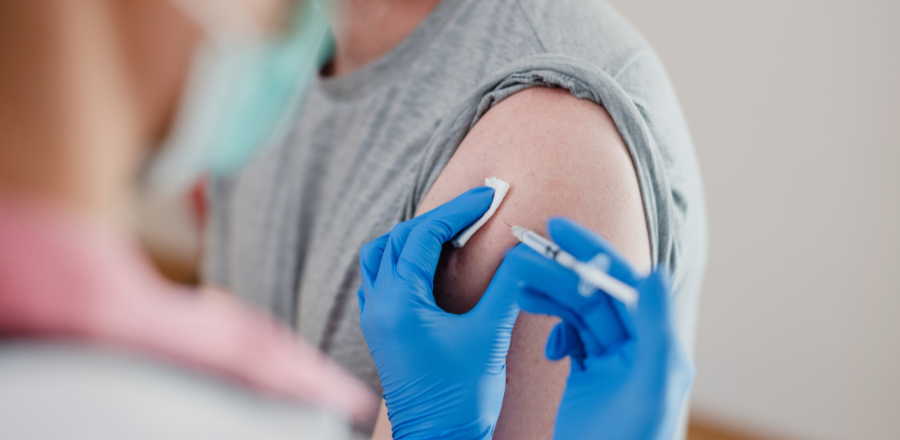A new report form Victoria University’s Mitchell Institute shows a significant improvement in young people in Melbourne’s inner west undertaking full-time education.
Children, Young People and Health in Brimbank report, being released today, looks at the change in health and education outcomes in the Melbourne’s inner western region over the 10 years 2016.
A partnership with Brimbank City Council, Growing Brimbank has aimed to understand the disadvantage within the community in order to implement programs to increase opportunities.
>Brimbank includes some of the most socioeconomically disadvantaged and culturally diverse population groups in Victoria.
The report found that Brimbank had seen a large increase in young people earning or learning with 84.1% of youth aged 15 to 24 studying or working up from 72.3% in the 10 years. There has also been a dramatic decline in children with mothers who have low educational attainment. Both are indicators for children having a greater risk of low educational and life opportunities.
Other areas of improvement:
- Reducing of children in jobless families
- Increase in young people in full-time education
Areas falling behind:
- Youth unemployment has risen
- Gambling machine losses increased
- Obesity dramatically increased, but in line with the national trend, rising from 18% to above 31% for both men (34%) and women (31.8%)
- Taylors Lakes had an increase in development vulnerability at the start of school.
During the period of the report, preschool participation across Brimbank increased – from 81.6% to 84.1%. However, some areas reported decreases – Keilor (69.4%, down from 91.4%) and Taylors Lakes (70.9%, down from 83.1%).
Some of the decline in children attending preschool may be due to some families using long day care or accessing pre-prep programs at private schools rather than enrolling for sessional kindergarten.
The introduction of funded three-year-old kindergarten in 2022 will help disadvantaged families. Early signs are encouraging with 89 per cent of available Brimbank places filled for 2022.
Mitchell Institute’s Professor of Health Policy Rosemary Calder said it was encouraging to see that more young people are staying in education for longer.
“Education is a key indicator of both economic and health success later in life,” Professor Calder said.
Brimbank Mayor Cr Jasmine Nguyen said local programs that work with culturally and linguistically diverse communities have achieved good results for young people.
“What they do indicate is the positive intergenerational flow on effects of more young people completing post school qualifications.
“With over 47 per cent of Brimbank’s residents born overseas, it is important that services reach out to our culturally diverse community to help co-design education and employment programs that are culturally safe, accessible and relevant.”
“Local programs have a strong partnership approach and work with a range of culturally and linguistically diverse community organisations and groups such as the Burmese, South Sudanese and Pacifica. This enables a deeper reach and better understanding of educational and employment barriers and needs of these communities.”
Victoria University has won an $11 million Paul Ramsay Foundation grant and, in partnership with Griffith University, is in the early stages of working with local communities to develop programs to help improve opportunities for young people as they transition from school to work and from early learning to school.








